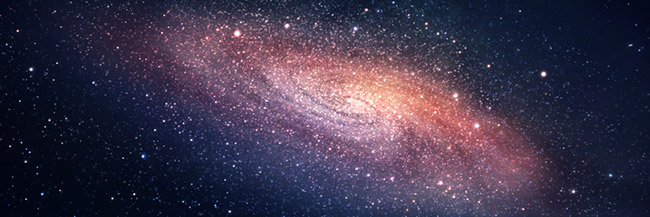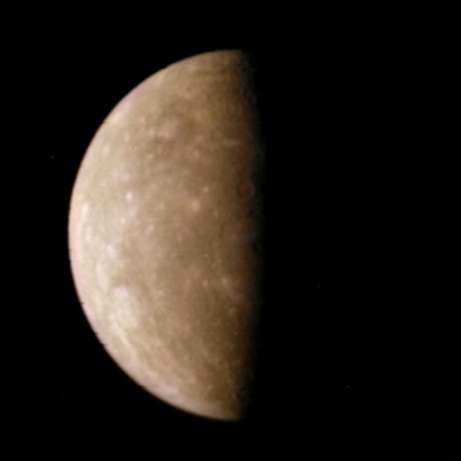Mercury On the Rise this October

If you’re not normally an early-riser, you may want to this October (2015) as Jupiter, Mars and Venus are going to be making an appearance in the sky. And if that isn’t enough to wipe the sleep from your eyes in the predawn hour, you might want to know the elusive Mercury will also be joining the other planets.
Why is Mercury “Elusive”?
It’s too bad many star-gazers have been led to believe that Mercury is “next to impossible” to spot, because this truly isn’t the case. The elusiveness of this planet may have been started by well-known science writers like the late Dr. Isaac Asimov whom stated in his book “The Solar System and Back” (Doubleday, 1970);
“…Mercury is hardly ever visible when it is truly dark. Mercury … will be seen only near the horizon in dawn or twilight, amid haze and Sun glare. I suspect, in fact, that many people today (when the horizon is dirtier and the sky much hazier with the glare of artificial light than it was in centuries past) have never seen Mercury.”
However, despite Asimov and others Mercury will be making itself known all this month in the same general direction as the Sun.

“Mercury-real color” by Images processed by Ricardo Nunes; source images are in the public domain (NASA). – Licensed under Copyrighted free use via Wikimedia Commons
Best Times to View Mercury
Luckily for us star-gazers, Mercury will be easy to see from now until Halloween (October 31st) just look to the left of the other three planets – during the morning twilight, above the Eastern horizon, from about 30 to 45 minutes before sunrise you will spot a bright yellowish-orange dot – that’s Mercury.
However, like Venus, Mercury also appears to go through phases and was much dimmer earlier this month. But now since its surface is being illuminated by the Sun it will continue to gain luminosity until the end of October. By month-end, Mercury will reach its brightest magnitude (-1.0) and will outshine every star in the night sky except the brightest of them all, Sirius. On October 30th get ready to view Mercury in its full glory as it will appear side-by-side with Virgo’s bluish first magnitude star, Spica – you will need binoculars to view Spica as it will only be about one-sixth that of Mercury.
Quick Mercury Facts
Check out these quick facts about Mercury that you may not have known or you still find mind-blowing if you did.
- Mercury is the closest planet to the Sun with daytime temperatures reaching 840 degrees.
- Mercury is the smallest planet in the solar system (now that Pluto has been demoted to a dwarf planet). It measures in at about 3,030 miles (4,876 kilometers) in diameter – approximately the size of the continental United States – and only slightly bigger than Earth’s moon.
- About four billion years-ago, scientists believe a 60 mile-wide (100 kilometer) asteroid slammed into Mercury, leaving a giant 960 mile (1,545 kilometer) crater behind. This Texas-sized “dent” has been named the Caloris Basin.
- Mercury is on a fast orbit travelling at around 112,000 miles-per-hour (180,000 kilometers-per-hour) and takes only 88 days to complete its trek around the Sun.
- Is there ice in Mercury’s craters? Scientists believe so since this planet’s North and South poles are extremely cold and shadowy. Researchers theorize this may be due to the crashing of meteorites or water vapor seeping out from the inside of the planet and freezing.
- Mercury’s core is made up of 75 percent iron.
- This planet has the thinnest atmosphere of them all, so thin that scientists have named it an “exosphere.”
- Due to Mercury’s smooth Northern plains scientists believe it may be covered in dried lava. Even though there is no volcanic activity in sight, it would be a good explanation as to why Mercury looks the way it does.
Don’t miss out on Mercury’s October viewing. Wake up your family and friends, grab some granola bars and head out to watch this amazing planet. Who knows what other wonders you may spot while taking in this awesome view.
